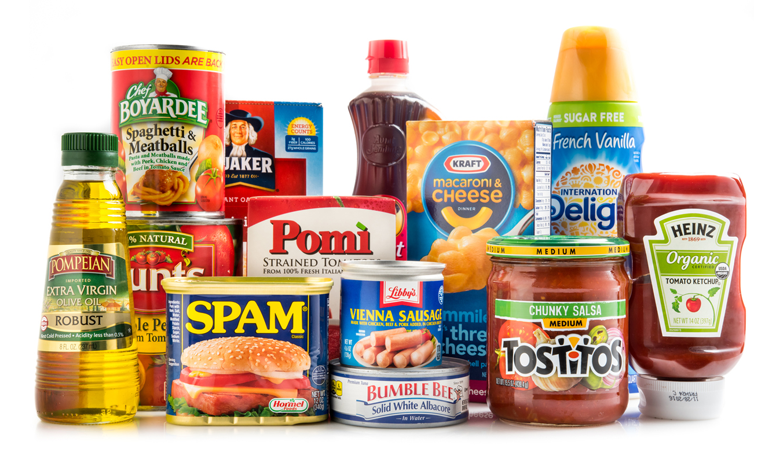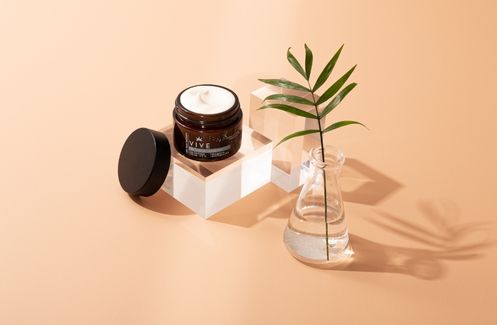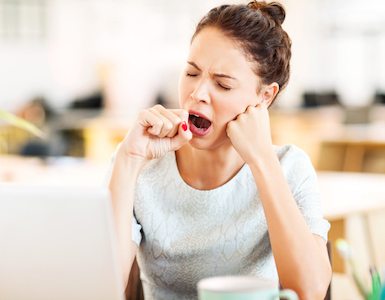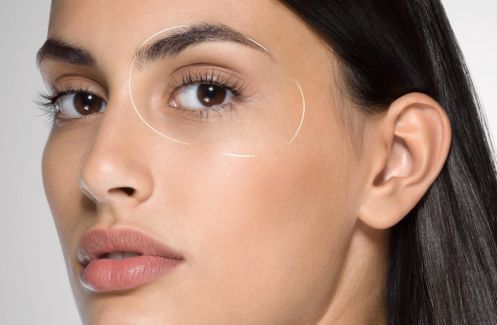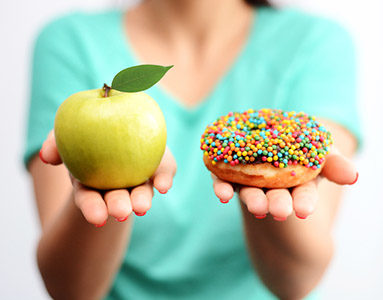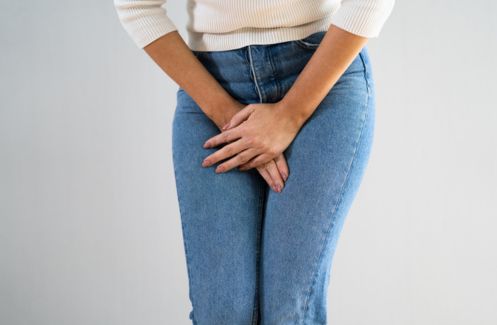Giving up sugar hasn’t been an easy ride for Healthista writer and self-confessed sugar addict Parisa Hashempour. Hidden sugar is everywhere and it’s hiding in plain sight – here’s how she got on in week three of her sugar-free diet
In the past three weeks, I’ve turned my nose up at some of my favourite foods from chocolate bars to cheese toasties and even said no to dried fruit. Have I lost my mind? Well, yes maybe. (But no, not really) I’m just undertaking a 31-day sugar-free challenge.
The one thing that has struck me most about undertaking this challenge is the sheer volume of sugar lurking where we least expect it. Even now, three weeks into my challenge I’ll walk into Sainsbury’s and stare at the cake aisle longingly, before putting my hand to my face and clamping shut my dropped open jaw before heading back to the vegetable aisle. But it isn’t only cake aisles we need to be wary of.

As it turns out, I may not have been quite as fantastic at ditching the sweet stuff as I first thought. Even on day 21 of the challenge, I was still falling prey to hidden sugar. Since chatting with nutritionist, May Simpkin last week I’m now allowing myself the odd apple (which she suggests pairing with nuts to keep my blood sugar down). So last Sunday, thinking I was being incredibly healthy, I popped into M&S and picked up a packet of apples with nut butter and gleefully helped myself to a heaped scoop of the delicious-looking peanut butter. Peanut butter is just ground nuts, right? And nuts are totally kosher.
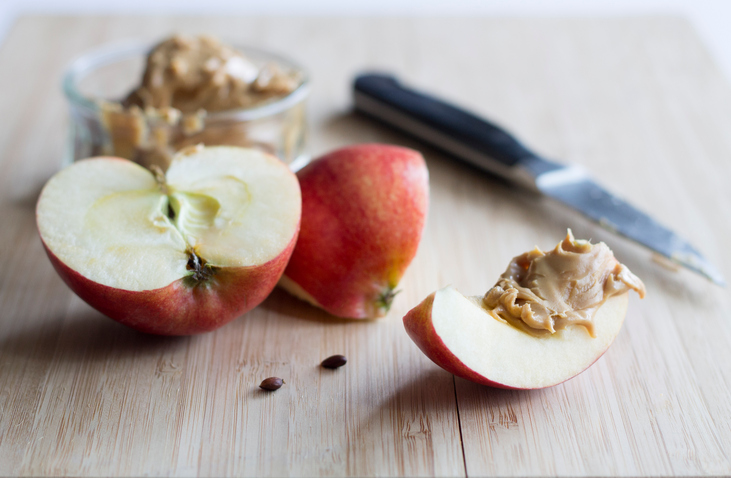
Little did I know that most run-of-the-mill nut butter is loaded with unnecessary sugar, honey and maple syrup. After digging into the first scoop my boyfriend turned to me, assessed my smile and sighed ‘You know that probably has sugar in, right?’ No, I did not know. I was crushed!
This reiterated just how careful you have to be when trying to chase the sugar-free dream. This week I’ll be looking at sneaky sugar and how it hides in plain sight, plus sharing the tips you (and I) need to avoid it.
But first, how’s it going in week three?
I’m pleased to say the cravings have stopped (yay!) I find myself wanting sugary foods, purely for the reason that I know I can’t have them but the overwhelming urge to sack off the challenge and dive headfirst into a box of chocolates has practically disappeared. I’ve even stopped trying to stockpile foods for when I emerge from my sugar hibernation (in the first two weeks I was like a squirrel, collecting sugary foods to eat later). Plus, I’m feeling GOOD. I am full of energy this week – my mood swings have almost disappeared and my spots are clearing up (hooray!).
Ever since I decided to welcome back (most) carbs with open (sweet potato-filled) arms, I’ve started to feel so much more comfortable with and confident about this diet. When I can snack away on things like apples and (sugar-free) nut butter, have brown rice with my dinner it really doesn’t feel like I’m dieting anymore.
I can’t wait to stop checking every single label and being the awkward one at the table when I’m out for food
The night out test
Last weekend I went on a big night out with my friends. I was a little bit apprehensive as usually after a night out I’d wake up and head straight to the shop for some chocolate and greasy food. Instead, I woke up on Sunday morning and marched down to the shop for some yoghurt and berries which I followed with some wholemeal freshly baked bread slathered in butter. I thought I’d feel a bit miserable restricting myself after a night out but it’s incredible how amazing I felt after my breakfast. Usually, I’d feel a little bit nauseous and rubbish after eating my post-night out munch but the yoghurt and toast set me up for a cracking day.
That being said, at this point, I just don’t know that I would want to keep this up after the month is through. Even though I’m getting more used to it, I can’t wait to stop checking every single label and being the awkward one at the table when I’m out for food. And I hate the ‘oh no!’ moment that keeps coming every time I almost bite into a chunk of sugar-laden foods. It’s easy to do when sugar is everywhere.
Hiding in plain sight
The apple and peanut incident wasn’t my only slip-up. The first time I strayed from my new sugar-free lifestyle was in the first week of the challenge. I was reviewing a spa retreat for Healthista and as I sat with my fellow journalists and had sipped away on my gin and slimline, a tray of snacks were laid out in front of us. After first checking the flavour (wasabi) I tucked into some popcorn, mindlessly munching away. Unfortunately, as I was mid-munch I thought to quiz a waitress on whether or not the popcorn contains sugar – it most definitely does, she smilingly assured me.
This was my first taste (pun intended) of hidden sugar and I knew that I’d have to quickly clue up to learn how to properly avoid the stuff. Since then I’ve noticed sugar hiding in places that have totally thrown me, from almond milk to shop bought bread, sugar really is hiding in plain sight (and plain yoghurt too – thanks, Alpro).
And we’ve got to be careful. It’s incredibly easy to rack up our sugar count without even noticing we’re doing it. On average Britons consume around 20 teaspoons of sugar a day, about twice what the British Dietetic Association (BDA) says we should which is around ten teaspoons (or 50 grams). ‘That doesn’t even count sugar from fruit and adds up quickly because many sugars are hidden in foods where we least expect them,’ says Lucy Turnbull state-registered dietician and spokesperson for the BDA. And it’s easy to see how when a tablespoon of ketchup contains an entire teaspoon of sugar and about four savoury crackers can contain up to three teaspoons of sugar.
Among the most insidious hidden sugar foods are those labelled ‘low fat’
I knew that sugar would be lurking in pasta sauces and ready-made meals but there were so many savoury foods from chicken to tinned veg that I didn’t expect to find it in. If sugar is so bad for us, what on earth is it doing in 80 percent of a supermarket’s produce?
The bliss point
Unsurprisingly, the sneaky manufacturers behind Britain’s favourite foodstuffs are on a mission to make their food taste so great that we can’t help but keep coming back for more. The way to do this? Sugar. Sugar is a feel good substance, says nutritionist Sarah Bowles Flannery. Astonishingly, research at Princeton University has shown it releases a brain neurotransmitter called dopamine – often called the brain’s ‘pleasure chemical’ – that travels the same brain pathways as cocaine. So the people behind your favourite foods know if they put a certain amount of sugar in, they’ve got you hooked.
The bliss point is the point at which a dish reaches its optimum palatability. Ingredients such as sugar, fat or salt are added to a dish to leave our bodies physically craving more. ‘Hidden sugar is a major problem,’ says Simon Capewell, professor of clinical epidemiology at the University of Liverpool. ‘As doctors, we are concerned about the cunning of the modern processed food industry which take simple, raw ingredients such as grains, fresh yoghurts or tomatoes, remove the nutrition and then add large amounts of sugar to make them more tasty – breakfast cereals and yoghurts are an example. This leads us as consumers to want to eat more of them’. Among the most insidious hidden sugar foods are those labelled ‘low fat’, he says. ‘These have the fat replaced by sugar for taste,’ says Professor Capewell.
How to spot hidden sugar
As I learned over the course of these few weeks, it’s important to be vigilant when looking out for sneaky hidden sugar content. Small changes such as rustling up your own tomato sauce before buying Dolmio or swapping that Muller light for some full-fat yoghurt and berries can make a difference. But here are a few ways you can make sure you avoid the sweet stuff when rooting through the supermarket.
Read the packaging
‘Compare brands and look at sugars per 100g on labels,’ advises Lucy Turnbull. ‘15 grams or more per 100 grams is a high sugar food and five grams of sugar per 100 grams or less is a low sugar food’.
Know sugar’s aliases
Sugar can be disguised as anything ending in –ose, says Turnbull. ‘For example maltose, dextrose and fructose are all sugars.’ It may also be listed as molasses, treacle, high-fructose corn syrup and maltodextrin. ‘Honey, brown sugar and most syrups, even agave nectar that is often touted as a healthy alternative are all sugars,’ says Turnbull.
Spot sneaky listing
‘If sugar is in the top three ingredients, that’s a high sugar food,’ says Turnbull. ‘But manufacturers sometimes sneakily list sugar in different forms on labels to trick people, which is why what ultimately matters is that ‘per 100g’ listing’.
Eating out
And while it might not be quite so easy to find the sneaky sugar hidden in your food when you’re eating out, dietician Rick Miller urges us not to be afraid to ask your waiter about the sugar content in your food. ‘It’s a typically unBritish thing to do but you can ask about the sugar content in your food. Sugar tends to be hiding in the sauces they put on top of the food and not actually in the main dish itself. So if the sauce, gravy or salad dressing isn’t made in-house you can always ask them to take a photo of the label and show it to you.’
Sugar-free saviours of the week
Pip & Nut Cashew butter
This cashew butter from Pip & Nut has been a life-saver. The nut butter is made from just-roasted nuts and a sprinkling of sea salt. It tastes fresh and creamy and is packed with healthy proteins that will stabilise your blood sugar levels. Plus Pip & Nut nut butters contain zero palm oil (yay!)
Pip & Nut Cashew butter is available for £3.99 from Ocado here.
Adonis low-sugar nut bar
One thing I’ve really missed throughout this challenge have been snack bars. But all of my favourite bars are packed with dried fruit which means they are a definite no-go for the duration of the month. But these nutty snack bars from Adonis contain less than 2g of (naturally occurring) sugars – most snack bars contain between 12 and a staggering 20g. Plus the bars are suitable for all kinds of fussy people – they’re suitable for people who are gluten free, soy free, vegan and paleo
Adonis low-sugar nut bars are available for £1.96 here.
UGLY drinks

UGLY drinks are available for £1 from Holland & Barrett here.
Read more
‘Giving up sugar has made me moody and sad’ – the sugar-free diet diaries
Like this article? Sign up to our newsletter to get more articles like this delivered straight to your inbox.







